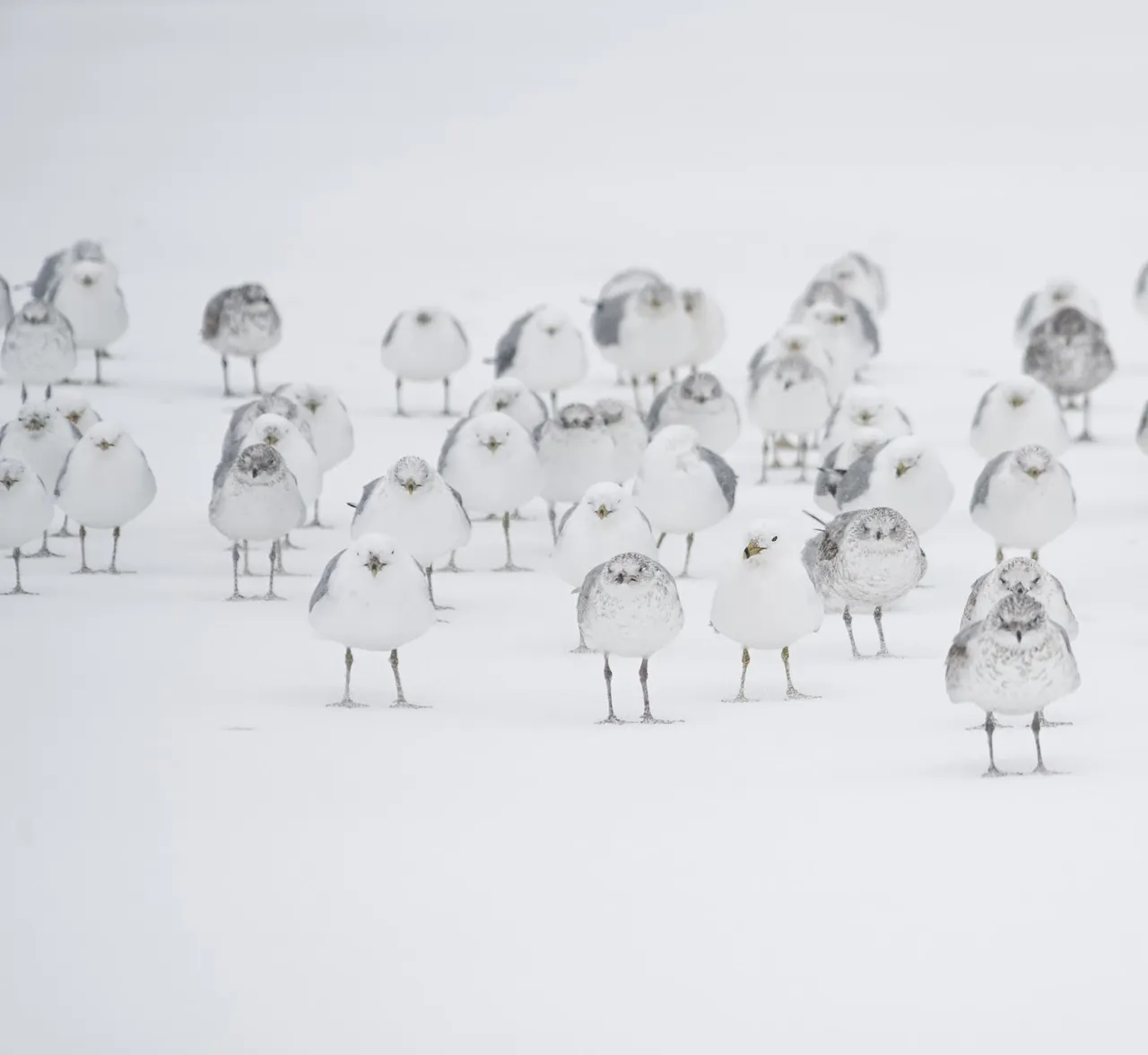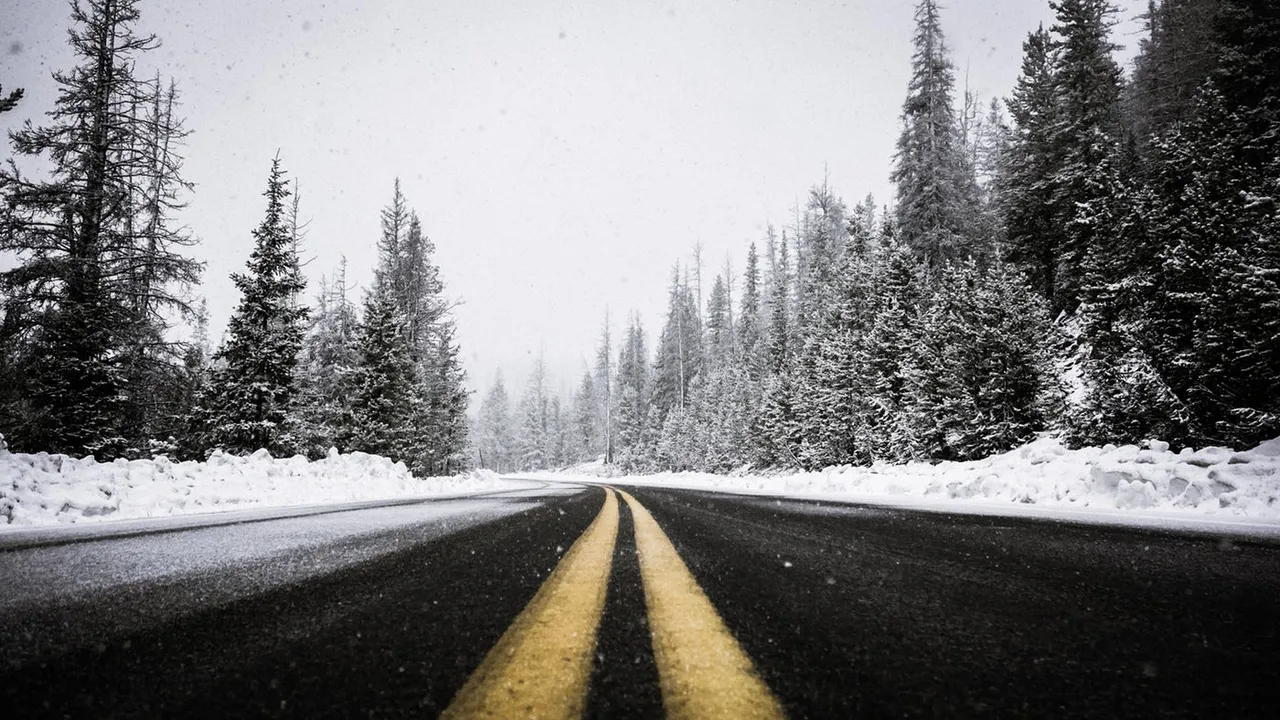I'm preparing to teach an in-person three-hour writing workshop on the fine art of scene writing. When I first joined Steemit, and had very, very few followers, I shared a post about showing (scene writing) and not just telling (expositional writing) when crafting a story; I'm drawing on that early Steemit post for my upcoming writing workshop, so I thought I'd share it again here in case you missed it. I've tweaked things a bit, too by adding in some reading recommendations.
If you've ever taken a creative writing class (or picked up a how-to write guide...), you've probably come across the same advice: show don't tell. A good writing teacher will unpack this tiny phrase--because while it may sound simple, it is THE THING that will push your creative writing forward and it is THE THING that will move your work from a draft on your computer to the pages of a publication.
I learned about showing and not (just) telling in creative writing courses: as a student, I was told to show and not tell. I kept the image created by an Anton Chekov quote (that my instructor scrolled across the board) in my mind:
Don’t tell me the moon is shining; show me the glint of light on broken glass.

It creates a beautiful, lasting image (which is probably why many writers can recite that line). I KNEW that I should be showing, not just writing descriptive but telling passages, but I didn’t really understand HOW to write the glint of moonlight on glass without simply saying exactly that.
What I've learned about showing and not (just) telling
1. GIVE THE READER A VICARIOUS EXPERIENCE
As I kept writing and learning from experienced writing instructors, I realized that showing meant, in part, giving the reader a vicarious experience… almost as if they were standing just outside the frame of the story and watching the events unfold.
When I looked back at early drafts, I had been simply relaying a story (i.e. this happened, then this happened, then this happened…) rather than using all of the storytelling tools available to me to craft a story. Two of those tools useful for crafting a story—that I’ve come to understand and now share with my own writing students—are scene work and exposition.
2. CRAFT CLEAR IMAGES
Just as that moonlight quote creates an image in the mind of a reader, strong scenes often hinge on clear images that the writer can work to connect to other images in the story.
I have noticed that as my students become comfortable constructing scenes (showing and not telling) these connections become more powerful (and less explicit) than when they set out to deliberately make an image into a symbol or include an extended metaphor.

3. DEVELOP YOUR TOOLSET
To get to the point that we are comfortable slipping in and out of scene work (showing) and exposition (telling), we simply need to understand these tools and to practice. And we need read books on craft: On Writing by Stephen King, Tell It Slant edited by Brenda Miller, Bird by Bird by Anne Lamott... etc.
4. USE SCENE TO MAKE MEANING (aka there should be a point to your story)
The images in our scenes serve to make meaning in our overall story. For example, in a story I had published with Little Fiction, one of the main characters imagines that she is “splayed, flat” on the basement floor. Much later in the story the reader comes across a dead bird with a “black body, wing askew.” Together these two images, inside this particular story, come to represent the end of a long-term relationship—something crushed and something sorrowful.
As creators of literary fiction or creative nonfiction, we are working to make meaning of the human experience (which can involve drawing on our own lived experience or doing research to draw on the experiences of others).
If you're looking for some examples of fine, fine literary fiction, check out the annually published Journey Prize anthology.
5. SHOW WHEN IT'S VALUABLE TO DO SO
As writers, we certainly do not want to lock ourselves into scene after endless scene. For instance, it isn’t always important to show your reader how a character gets from Point A to Point B: they get in the garage, open the squeaky overhead door, drive down the street, make a pit stop at the grocery store for a sprig of mint, and then finally they hit the road only to find themselves in a traffic jam on the QE2 where the next important event takes place.
If something feels skimmable to you when you are writing it, the reader will skim too. Sometimes using whitespace to signal a shift in time or place, and moving the reader right into the next important scene, is all we need to do.

We want to create strong scenes around moments that deserve narrative weight (the ones that really contribute to the meaning of the story). Perhaps we want to draw out that traffic jam, and use that moment to illuminate how the character feels stuck in their life in some greater sense. Alongside that scene work, we can write passages of exposition to provide the reader with necessary information to throw a light on the rest of the story (sometimes illuminating the motivation of a character or revealing how they arrived in the position that they did).
Each time I set out to write a new story (and especially if it has been a while between drafts), I re-acquaint myself with this advice and sharpen these tools. Writing is a skill that's developed over time and with practice, so give yourself permission (and time and space) to draft and revise. Happy writing!